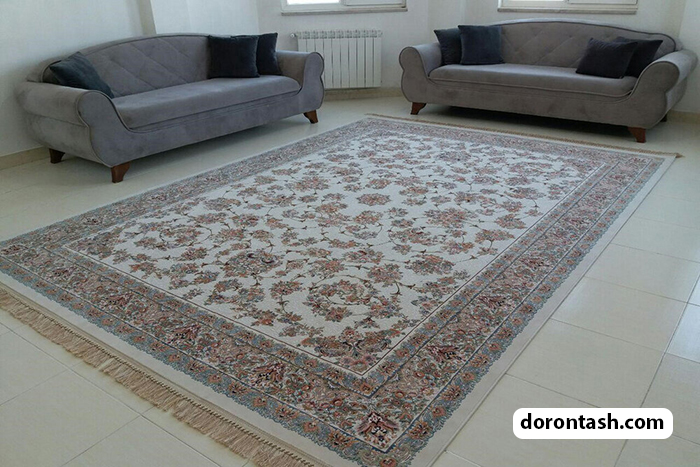The art of Iranian iran carpet weaving has long been popular with the people of the world, which is why many people are eager to learn Iranian carpet weaving techniques .
By imitating this beautiful Iranian art, they damage the quality of woven carpets in Iran.
Designs created by master Iranian artists for Iranian carpets, rugs and carpets.
These designs have given a different color and smell to iran carpet weaving and this has led to the development of this original art of our country.
Since ancient times, in order to give their houses a gift or to move the houses from a state of soullessness to beauty and attractiveness, people
They used hand-woven carpets.
In fact, in the not-so-distant past, there were many people who wanted to learn how to weave carpets and rugs.
Even now, hand and machine iran carpet weaving workshops have been established, which can make this art known to the people of the world more than before.
In this article, we intend to introduce you to the history of carpet weaving in Iran, as well as the types of Iranian carpets. We suggest you stay with us until the end of the article.
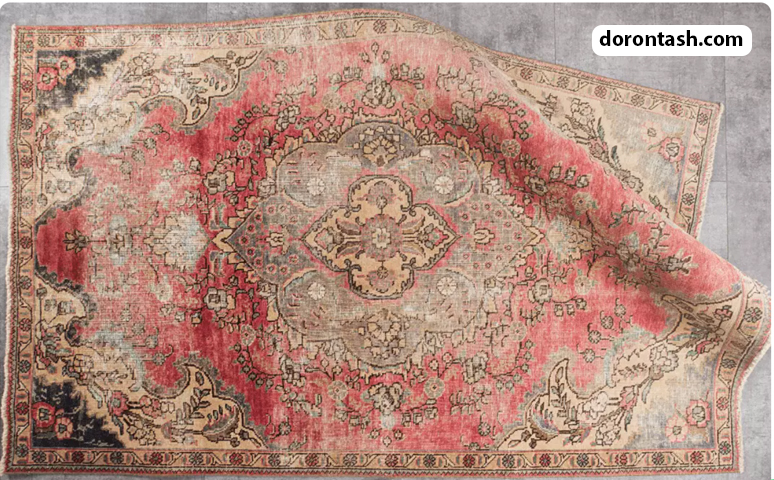 A brief look at the history of iran carpet weaving art before Islam
A brief look at the history of iran carpet weaving art before Islam
Before the art of carpet weaving flourished in the society in the current form, people in the past centuries in order to be able to give comfort and convenience to their families.
They used animal skins as underlays and covers to protect against the cold.
With the passage of time and the interaction of experience with thinking, weaving flourished, which is currently progressing and evolving.
Two periods before Islam and after Islam have been mentioned for Iranian iran carpet weaving in history, and in this part we are referring to the period before Islam.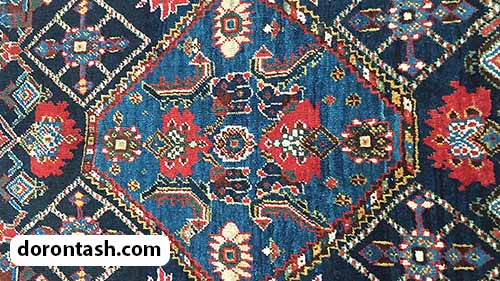
In the pre-Islamic period, which reaches the Sassanid and Achaemenid period, the carpets of Iranian weavers entered the books of Tabari’s history.
In this period, a type of carpet was known as Bahar Khosrow carpet due to its beautiful patterns and designs, which the author of Tabari’s book mentioned in his book.
Before that, in 1949, a type of carpet was woven that was used as a horse saddle.
This carpet was found in the borders of Mongolia, which is said to be one of Iranian woven carpets due to its pattern.
It is necessary to mention that this antique carpet is known as Pazyrik.
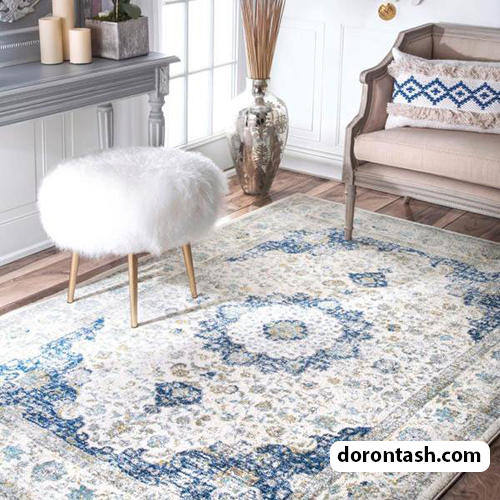 ry of Iranian iran carpet weaving art after the advent of Islam
ry of Iranian iran carpet weaving art after the advent of Islam
After Islam entered the land of Iran, due to the presence of Arabs, the art of iran carpet weaving declined. Because they did not have enough talent in this field.
After that, the Umayyads and Bani Abbas came to power and Iranian carpet weaving flourished. Because they used Iranian art to decorate and beautify the atmosphere of their palaces.
With the passage of time, the art of iran carpet weaving has seen many changes. After a part of our country fell into the hands of the Seljuks, the art of carpet weaving was woven into Seljuk designs.
Not long after Timur arrived in Iran, the art of weaving was accompanied by changes in designs and patterns.
Because Seljuk geometric designs gave way to curved and circular lines. In addition, the Timur period has been described as a period of progress for iran carpet weaving.
In the periods after Timur, the art of carpet weaving was made by Iranian artists, which peaked during the Timurid and Safavid era.
So that during the Safavid era, carpet weaving, which flourished in the villages, moved to the cities and Iranian artists continued their activities in the carpet weaving workshops.
It is necessary to know that from the Safavid era, the art of carpet weaving reached cities such as Isfahan, Kashan, Tabriz and even Kerman. Also, during this period, Iranian carpets were exported to European countries as an export product of a specific Iranian product.
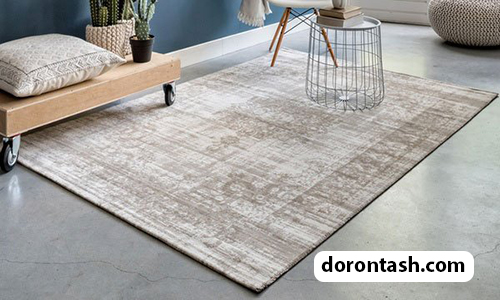 Investment of European countries in Iran | iran carpet weaving
Investment of European countries in Iran | iran carpet weaving
The art of Iranian carpet weaving progressed to such an extent during the Safavid period that it was exported to European countries.
The special designs of Iranian carpets as well as the type of knots of Iranian weavers made this art more known in European countries.
Between the Safavid period and the Qajar period, there was a great decline in the art of iran carpet weaving. The reason for this decline and retreat was the Afghan sedition, which was created to remove the Safavid government. iran handicrafts
When the Qajars took over the government, the art of carpet weaving entered its heyday. During this period, European countries such as America and England invested in this art in our country.
After the investment of European countries, many workshops and production companies were set up, among which the best weavers and the most exquisite carpets were woven in Tabriz, Arak, Mashhad, Kerman and Hamadan.
Classification of iran carpet weaving texture
After familiarizing you with the history of iran carpet weaving, it is better to point out a few points about the classification of Iranian carpets:
One of the characteristics of Iranian carpet is its material. Different types of Iranian carpets are woven with different threads, such as:
- fluffy yarn
- woolen thread
- Fluffy wool yarn
- Silk threads
- Silk threads
The color of the carpet is also effective in the classification of this product.
In some carpets, the carpet itself is dyed, but in others, the fibers and threads used in it are dyed.
The colors used in iran iran carpet weaving are dyed with plant, animal, etc. colors.
According to the size, Iranian carpets are divided into different numbers, which are produced in workshops in the form of rugs, rugs, fringes, mats, etc.
Iranian carpets have many designs that are divided into manual designs, computer designs, traditional designs, etc.
Source: Aali Qapu Carpet Store – direct supply of all kinds of modern carpets – machine – fantasy – children’s. 